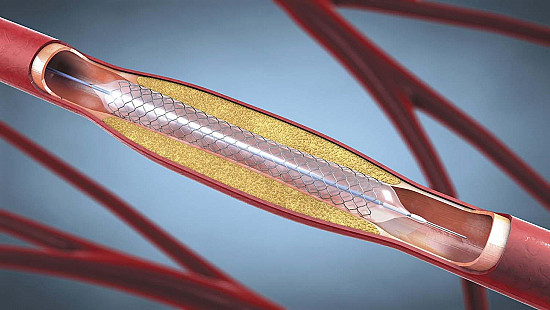Understanding angioplasty: When you need it and when you may not
Each year, about 600,000 people in the United States undergo an angioplasty to widen a narrowed coronary artery, nearly always with a tiny wire mesh tube (stent) left inside the artery to keep it open. About two-thirds of these procedures are done in people experiencing a potentially life-threatening event—a heart attack or unstable angina, defined as severe, worsening chest pain during exertion or stress, or chest pain that happens at rest.
To continue reading this article, you must log in.
Subscribe to Harvard Health Online Plus (HHO+) to unlock expert-backed health insights, personalized tools, and exclusive resources to feel your best every day.
Here’s what you get with your HHO+ membership:
- Unlimited access to all Harvard Health Online content
- 4 expertly curated newsletters delivered monthly
- Customized website experience aligned to your health goals
- In-depth health guides on topics like sleep, exercise, and more
- Interactive features like videos and quizzes
- Members-only access to exclusive articles and resources
I’d like to subscribe to HHO+ for $4.99/month to access expert-backed content to help make smart, informed decisions about my well-being.
Sign Me UpAlready a member? Login ».
Disclaimer:
As a service to our readers, Harvard Health Publishing provides access to our library of archived content. Please note the date of last review or update on all articles.
No content on this site, regardless of date, should ever be used as a substitute for direct medical advice from your doctor or other qualified clinician.















